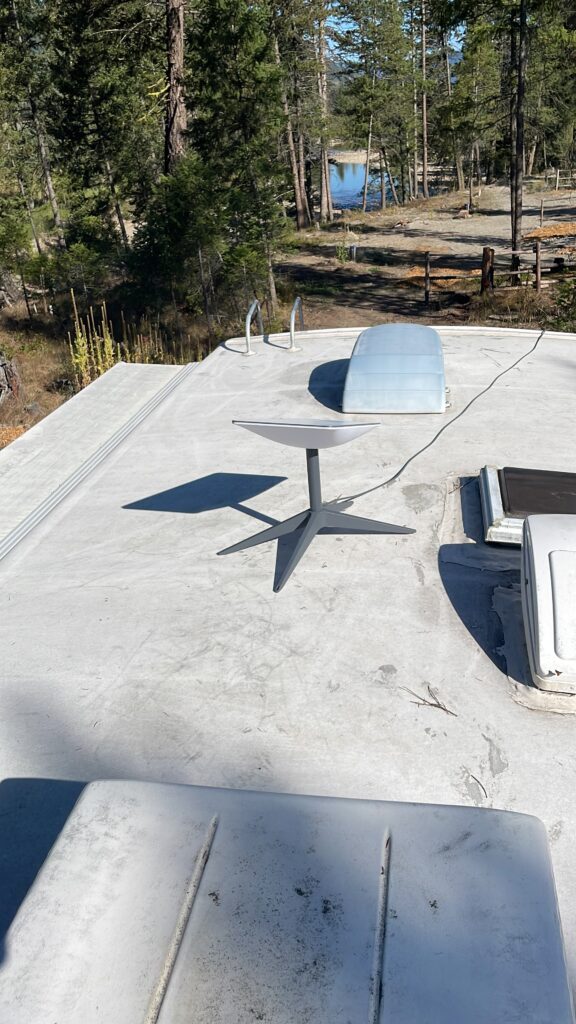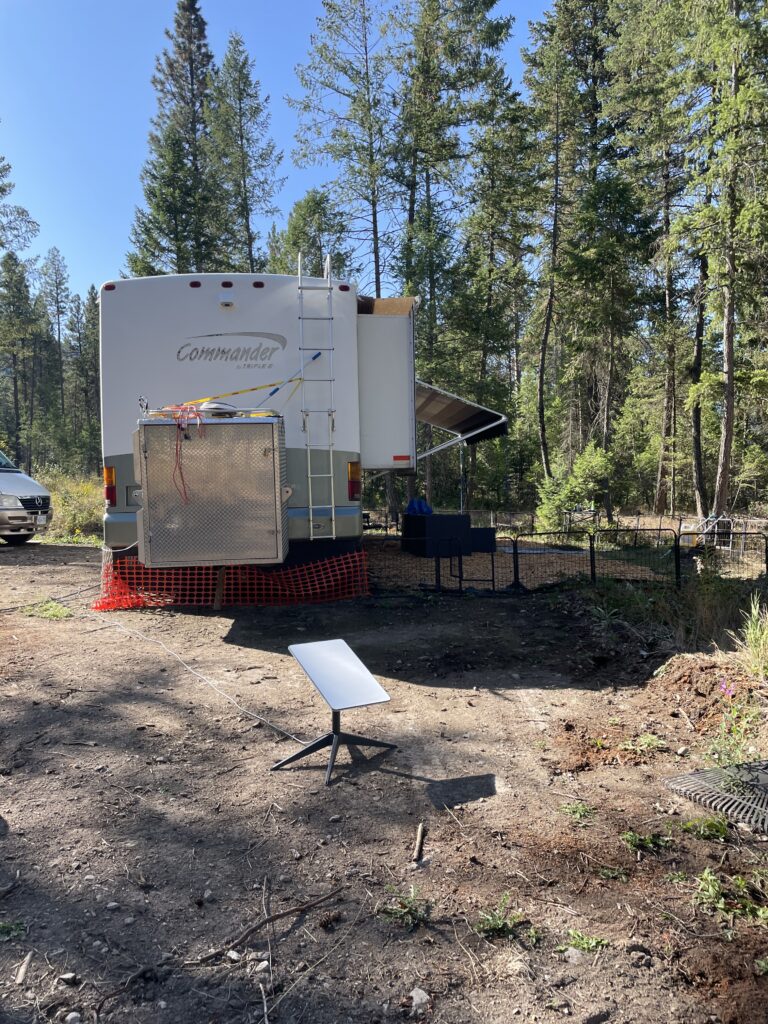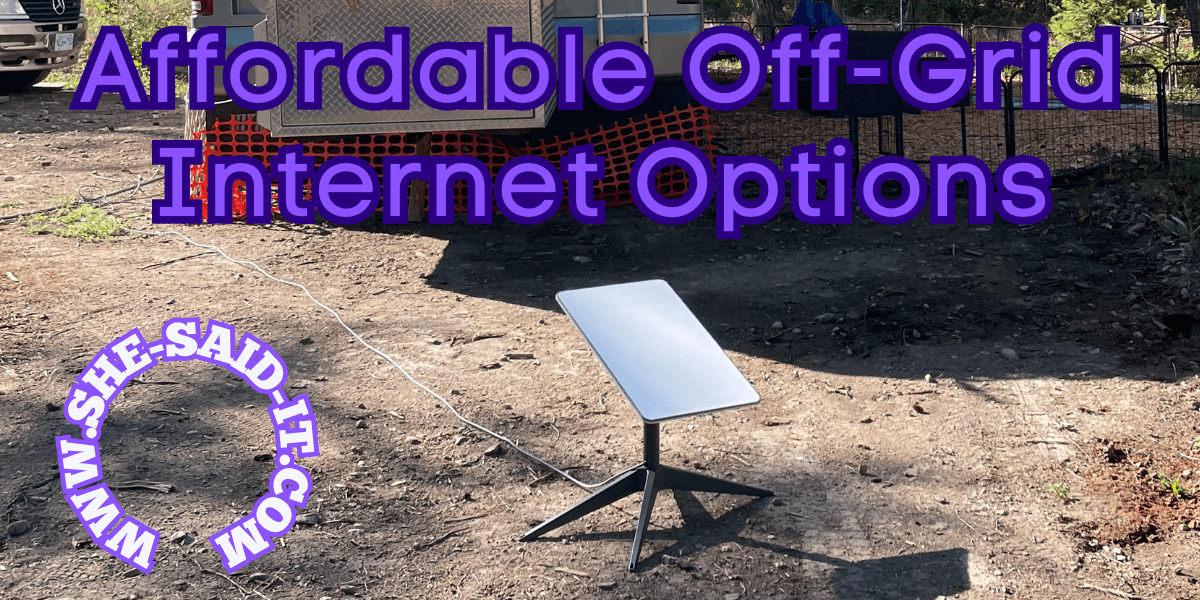Affordable Off-Grid Internet Options for a Borderless Lifestyle
Introduction
In an age where the Internet is often as essential as electricity and running water, the prospect of going off-grid or embracing the nomadic lifestyle raises one crucial question: How do you stay connected when you’re disconnected? Whether maneuvering through mountain passes in British Columbia, chilling by a beach in Mexico, or exploring the American heartland, having reliable internet is no longer a luxury—it’s a necessity for work, communication, and even some good ol’ entertainment. That’s why we’re diving deep into affordable off-grid internet options that work seamlessly across borders. From the backwoods of Canada to the bustling cities of the U.S., and all the way to the vibrant culture of Mexico, we’ve got you covered.
The Big Difference: Canada vs. America
It’s no secret that when it comes to cellular and internet services, Canadians and Americans live in two different worlds. While our American neighbours often enjoy more competitive pricing and ‘unlimited’ data plans, we Canadians are left scratching our heads, wondering why we pay through the nose for less. Finding affordable off-grid internet options is a challenge many full-time RVers face.
A Tale of Off-Grid Connectivity in BC
My own experience with this challenge became glaringly obvious when I bought my rural piece property in British Columbia. Initially, I was over the moon—my cell phone worked, and I had a substatial data plan, even upgraded it before I took posession. Check, check and check, right? Wrong, as I settled into my slice of wilderness, the reality sank in. The cell service was more like a game of ‘signal roulette,’ and my data, while existent, was hardly robust enough to stream a TV episode or hold a smooth video call with loved ones.
After numerous frustrating calls to my cellular service provider (who suggested I switch providers—thanks for the help), I realized it was time to look for a better solution. I bit the bullet and invested in Starlink. Yes, it seems like a pricier option upfront, but paying nearly $100 CAD a month for a cellular service plan that’s practically a paperweight at my own home seemed absurd. Not to mention that my phone cost quite a bit more than the satellite hardware from Starlink. This satellite internet solution not only solved my connectivity issues in Canada but will also provide me with internet options that are functional across the U.S. and Mexico.
Reality Check: The Struggles of Spotty Service
So if you’ve made the leap to living off-grid or you’re roaming around in an RV, you may quickly be realizing that decent internet isn’t just a luxury—it’s a necessity. And here’s the kicker: many remote job opportunities now require a hardwired internet connection, which puts full-time RVers , digital nomads(learn about starting a blog here), and van lifers in a bind.
Using your phone as a hotspot seems like a quick fix until you actually try to do more than scroll through social media. I’m talking about the good stuff: streaming, video calls, and maybe a bit of gaming if that’s your thing. On my off-grid property in British Columbia, I had high hopes for my phone’s data plan. It didn’t take long for me to realize that while my phone said it had service, the reality was far from ideal.
Even if you don’t run into data caps, as is often the case in Canada, inconsistent service means your important Zoom call may freeze at the worst moment or that series you’re binge-watching will be interrupted by eternal buffering. And let’s not forget the cost. Paying almost $100 a month for a service that barely lets you send an email without a glitch? No, thank you.
So what’s a digital nomad to do? The limitations of phone hotspots, especially in Canada, can make you question your off-grid choices. But hold tight, because there are other options you might not have considered yet, and they can make a world of difference.
Off-Grid Internet Showdown: Which Option Rules the Road?
When you’re aching for a reliable internet connection while living the mobile or off-grid life, you’ve got a few solid contenders to consider. Each has its own set of perks and drawbacks, so let’s break it down.
Mobile Hotspot
- Pros: Easy to set up, portable, works well in areas with good cellular service.
- Cons: Data caps, expensive monthly fees (especially in Canada), and spotty service in remote areas.
Your phone’s data plan might seem sufficient until you’re facing constant buffering and Zoom freezes. While convenient, mobile hotspots aren’t ideal for heavy use or remote locations.
Starlink Satellite
- Pros: High-speed internet almost anywhere, one-time equipment fee, and generally consistent service.
- Cons: The equipment can be pricey, and you’ll need a clear view of the sky for optimal service.
I took the plunge with Starlink after endless frustrations with my phone’s hotspot. Sure, the upfront cost felt a little steep, but it’s been a game-changer for me. Yes, it’s got its quirks, but it’s light years better than my previous setup. Even though the obstruction read out showed frequent interruptions, it has proven to be more than bearable all things considered.



Sky Roam Solis
- Pros: No SIM card needed, works in 130+ countries, and offers day passes for internet use.
- Cons: Speed can vary, and daily data caps can limit activities like streaming.
I tried the Solis puck and while it’s great for light browsing and checking emails, it’s not the go-to for Netflix marathons or data-heavy tasks.
Other Options
- DSL or Cable: If your off-grid location is near a town, you might have access to traditional options.
- Pros: Reliable and fast.
- Cons: Not truly mobile; you’re tied to a physical location.
- Wi-Fi Boosters: Amplifies existing Wi-Fi signals.
- Pros: One-time purchase, enhances existing networks.
- Cons: Still dependent on having an initial Wi-Fi source.
Starlink: The Off-Grid Internet Game Changer
After struggling with unreliable and costly mobile options, Starlink felt like finding water in a desert. My brother, an early adopter who’s taken this gear from the backwoods of Canada to beaches in Mexico, had nothing but praise. So, I bit the bullet.
The Real-World Test
Since installing Starlink, the difference is night and day. My previous troubles feel like ancient history. The best part? The minor glitches I’ve encountered are nothing compared to the nightmares of using a cell phone hotspot.
The Expense: Worth It?
Yes, Starlink costs a pretty penny up front—especially for the hardware. But it’s money well spent. For roughly the same monthly rate I was paying for subpar cell service, I now have reliable internet that actually does what it’s supposed to do. And for those of us in rural Canada, you can even score the necessary hardware for under $200 CAD.
Crossing Borders
What seals the deal for me is Starlink’s versatility. I’m not just talking about its usefulness in remote Canadian spots. This is an internet solution I can take with me to the U.S. and Mexico. That’s the kind of borderless lifestyle I signed up for.
Key Considerations for Choosing Internet Options
Before you jump on the Starlink bandwagon or any other service, there are crucial factors to consider. I’ve narrowed it down to four:
1. Coverage Area
You could have the fastest internet in the world, but it’s worthless if it doesn’t work where you need it. For me, Starlink provided the kind of extensive coverage that I couldn’t find with other providers.
2. Speed
The Internet is more than just emails these days. We’re talking video conferencing, high-definition streaming, and rapid file transfers. Sluggish internet is more than an annoyance; it’s a roadblock.
3. Cost
We’ve covered this a bit already, but remember to look beyond the upfront costs. Calculate your long-term investment and compare it against the value you’re receiving.
4. Hardware Requirements
Some services require hefty, awkward equipment. Will it fit in your RV or off-grid setup? And can you install it yourself, or will you need to add professional installation fees to your budget?
Taking time to evaluate these considerations will save you a lot of potential headaches down the line. Trust me, I’ve been through the gambit, and being thorough up front can save you lots of time, money, and stress later on. I was up and running slash scrolling in just a few hours and a couple of kinks to iron out. I’m about to change my cell phone plan to pay and talk because my journey down south begins in just a few months!
Conclusion: The Freedom of Reliable and Affordable Off-Grid Internet Options
As you venture into the wild terrains of Canada, coast along the scenic highways in the U.S., or relax on the sandy beaches of Mexico, reliable internet isn’t just a convenience—it’s a lifeline. It enables us to work remotely, stay connected with our loved ones, and have some entertainment after a long day of adventure. While the upfront costs of certain options may seem steep, the payoff in peace of mind, productivity, and personal connection is invaluable.
Making an informed choice about your off-grid internet is no small decision. As someone who’s lived through the trials and errors of inadequate service, I can attest that it’s worth weighing your options carefully. Consider not just the immediate costs, but the long-term value it will bring to your life on the road or in your secluded haven. Your lifestyle is uniquely your own; choose an internet option that reflects that.
Join The Conversation: Share Your Internet Journeys
Now that we’ve delved into the nitty-gritty of off-grid internet options, I’m curious to hear your thoughts. Have you tried Starlink or a mobile hotspot on your adventures? What’s worked for you and what absolutely hasn’t?
Feel free to share your own experiences, tips, and even recipes for success in the comments below. Your insights not only enrich this community but also guide those who are just embarking on their off-grid or on-the-road journey.
That’s all for now, folks. Safe travels and happy surfing!




